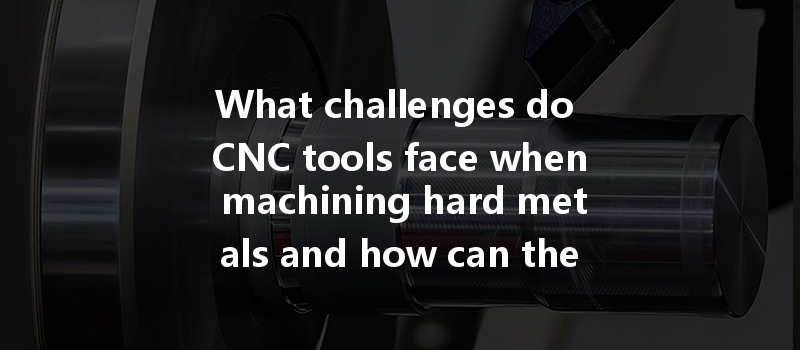Did you know that the global CNC machining market is projected to reach approximately $117 billion by 2026, driven largely by the demand for precision in producing complex parts from hard metals? As the manufacturing industry continues to evolve, the use of Computer Numerical Control (CNC) machining has become a cornerstone in producing high-quality components, particularly when it comes to materials that present unique challenges, such as hard metals. In this blog, we will delve into the various challenges CNC tools encounter while machining hard metals and explore viable solutions to enhance machining performance.
Understanding Hard Metals
Before we address the challenges, let’s understand what constitutes hard metals. Hard metals are typically defined as those with high hardness levels that make them difficult to cut and shape. Examples include titanium alloys, tool steels, and certain nickel-based superalloys. The properties that provide hard metals with their strength and durability also present significant challenges during the machining process.
Challenges in Machining Hard Metals

Advanced Techniques to Enhance CNC Machining of Hard Metals
In summary, while CNC machining of hard metals presents numerous challenges such as tool wear, heat generation, and dimensional control, understanding these issues opens the door to innovative solutions. By optimizing tooling methods, coolant application, and implementing advanced strategies, manufacturers can improve the efficiency and quality of their machining processes.
As we move toward a future where precision manufacturing becomes increasingly vital across various industries, the relevance of overcoming these challenges cannot be overstated. Whether it’s the aerospace sector needing lightweight yet durable components or the automotive industry striving for higher performance, addressing the challenges in CNC machining of hard metals is paramount. This blog serves as a valuable resource not only highlighting the difficulties involved but also offering practical strategies to achieve successful machining outcomes. The continuous pursuit of excellence in this area is what keeps the manufacturing industry progressing, and we all must consider its significance.
By staying informed and adaptive to these challenges, businesses can realize cost-effective production while creating high-quality, performance-oriented components. This journey towards mastery of hard metal machining is both essential and rewarding for the future of industrial manufacturing.






